Can you imagine a school where kids show up dressed for PE? Where physical exercise is just as important as academics – and academic scores go up as a result?

And more to the point, do his radical recommendations have merit?
“We don’t really know much about the brain,” he said, “but what we do know is that it seems to be 1) designed to solve problems 2) related to surviving 3) in an unstable outdoor environment and 4) to do so in nearly constant motion.” He calls this “the brain’s ‘performance envelope.”
“We are not used to sitting at a desk for eight hours a day,” he continued. “From an evolutionary perspective, our brains developed while we walked or ran as many as 12 miles a day. The brain still craves this experience. That’s why exercise boosts brain power in sedentary populations like our own. Exercisers outperform couch potatoes in long-term memory, reasoning, attention, and problem solving tasks.
“Given this, if you wanted to create an education environment that was directly opposed to what the brain was good at doing, you probably would design something like a classroom. If you wanted to create a business environment that was directly opposed to what the brain was good at doing, you probably would design something like a cubicle.
“And if you wanted to change things, you might have to tear down both and start over.”
Your Brain on Exercise
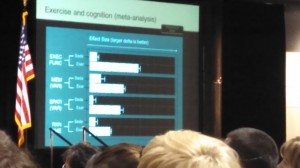
Another way exercise improves emotional regulation in particular is that it helps our bodies manage cortisol, the hormone that’s released from the adrenal gland in response to stress. Regular exercise, explained Dr. Medina, helps the body to have a better response to stress and require less cortisol release.
Every Bit Helps
And we don’t need to move that much to achieve these gains. For adults, just 25 minutes a day of activity – a brisk walk, for instance – will do it. Kids, of course, need more. Their bodies are still developing. Dr. Medina added that 11am and 3pm are good times for school exercise breaks.
Yoga Bits for the Classroom
Indeed, that’s what researchers from Wayne State University found when studying the addition of just 14 minutes a day of Yoga Calm at a Detroit area elementary school classroom. We presented this and our other research toward the end of the conference, showing how Yoga Calm helps with stress, emotional regulation and academic support. Cheryl McClure, PE teacher from Portland’s Bridger school, also showed how Yoga Calm helped classroom teachers with transitions and provided more physical activity minutes.
You can download a copy of our presentation here, which includes links to video of kids doing Yoga Calm at Hoover Elementary.
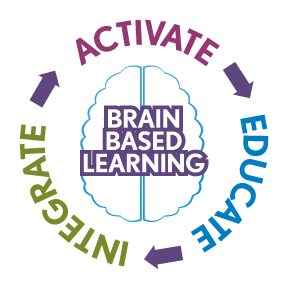
In addition to promoting better learning, this approach supports the physical and emotional health of teachers and staff, while bringing back the joy of teaching.

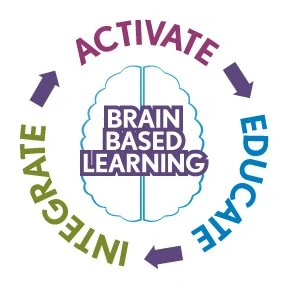
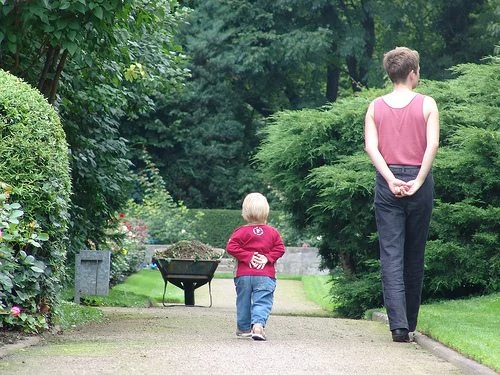
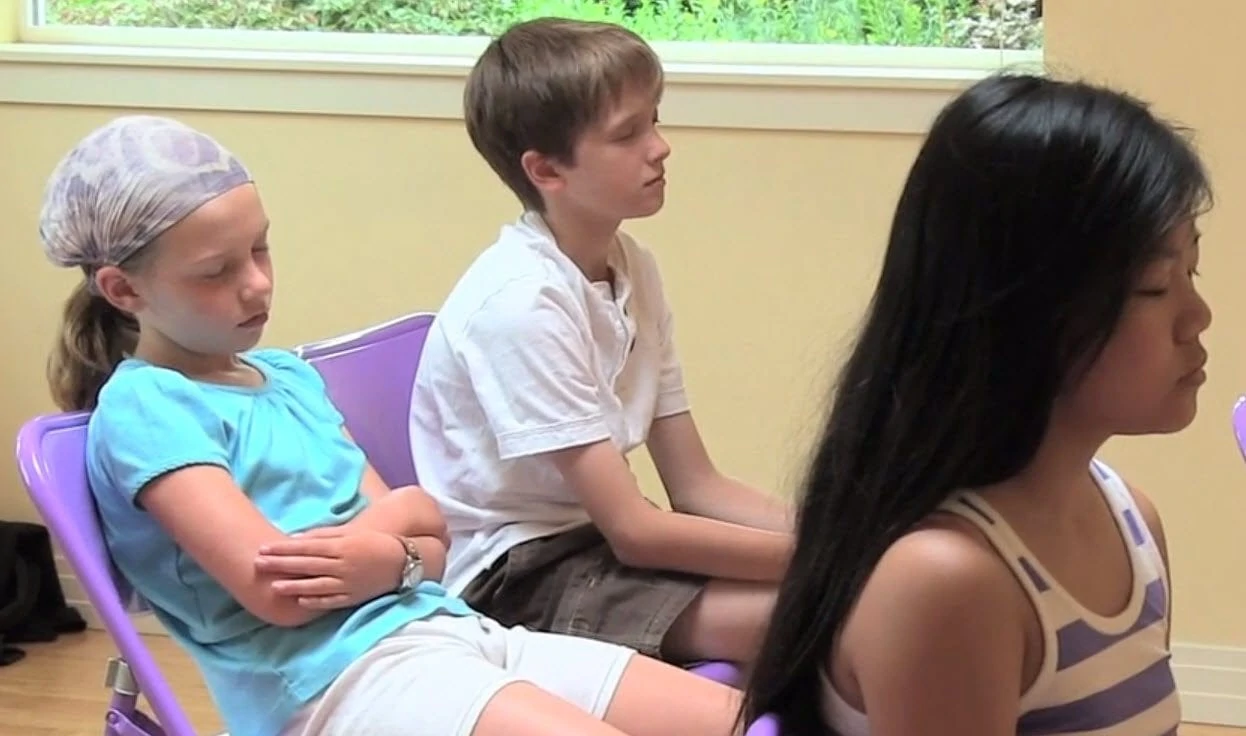
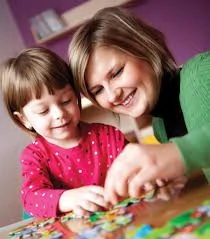

Trackbacks/Pingbacks